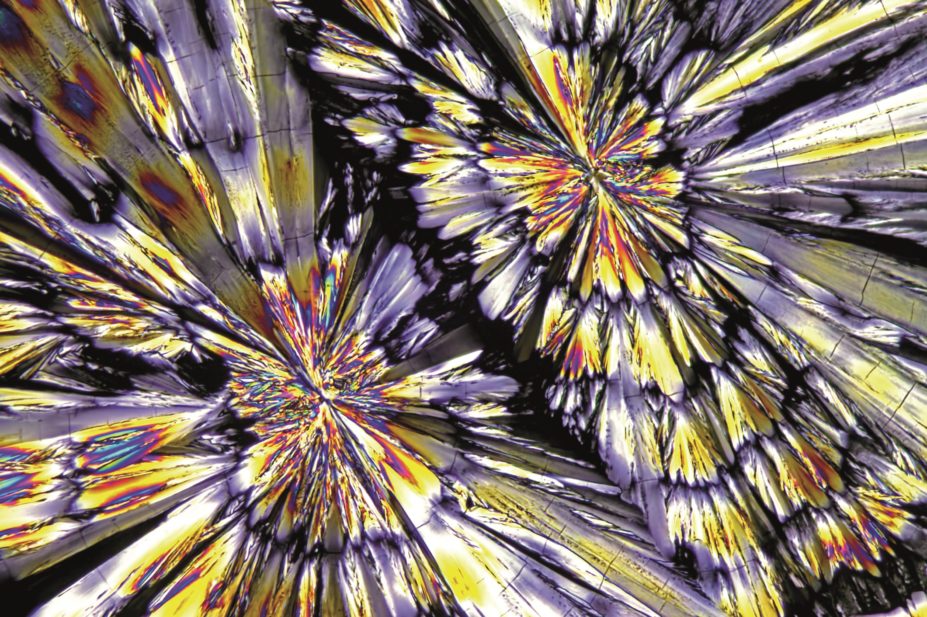
M. I. Walker / Science Photo Library
When used at low doses, ketamine is a fast-acting antidepressant, relieving symptoms within as little as two hours. However, there are concerns about its long-term safety.
Researchers report in Molecular Psychiatry (online, 19 January 2016)[1]
that an existing experimental compound, CGP3466B, activates the same signalling pathway involved in ketamine’s antidepressive actions.
Administration of the compound in mice significantly improved measures in two behavioural tests for antidepressant effects. This was observed in as little as 30 minutes, compared with a typical 21 days for traditional antidepressants.
The authors, from Johns Hopkins University in Baltimore, Maryland, say that CGP3466B has already been shown to be non-toxic and non-addictive in phase I trials for neurodegenerative diseases. As a result, the researchers hope the findings could lead to the development of new, fast-acting antidepressants.
References
[1] Harraz MM, Tyagi R, Cortés P et al. Antidepressant action of ketamine via mTOR is mediated by inhibition of nitrergic Rheb degradation. Molecular Psychiatry 2015. doi: 10.1038/mp.2015.211


